Related Research Articles
Gordon Onslow Ford was one of the last surviving members of the 1930s Paris surrealist group surrounding André Breton.
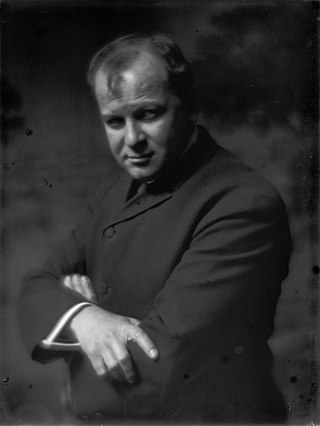
George Benjamin Luks was an American artist, identified with the aggressively realistic Ashcan School of American painting.

Robert Henri was an American painter and teacher.
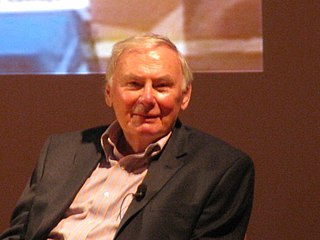
Richard Estes is an American artist, best known for his photorealist paintings. The paintings generally consist of reflective, clean, and inanimate city and geometric landscapes. He is regarded as one of the founders of the international photo-realist movement of the late 1960s, with such painters as John Baeder, Chuck Close, Robert Cottingham, Audrey Flack, Ralph Goings, and Duane Hanson. Author Graham Thompson writes "One demonstration of the way photography became assimilated into the art world is the success of photorealist painting in the late 1960s and early 1970s. It is also called super-realism or hyper-realism and painters like Richard Estes, Denis Peterson, Audrey Flack, and Chuck Close often worked from photographic stills to create paintings that appeared to be photographs."
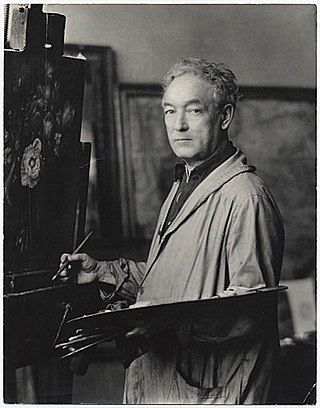
William James Glackens was an American realist painter and one of the founders of the Ashcan School, which rejected the formal boundaries of artistic beauty laid-down by the conservative National Academy of Design. He is also known for his work in helping Albert C. Barnes to acquire the European paintings that form the nucleus of the famed Barnes Foundation in Philadelphia. His dark-hued, vibrantly painted street scenes and depictions of daily life in pre-WW I New York and Paris first established his reputation as a major artist. His later work was brighter in tone and showed the strong influence of Renoir. During much of his career as a painter, Glackens also worked as an illustrator for newspapers and magazines in Philadelphia and New York City.

Antonio Mancini was an Italian painter.

Stefan Gierowski was a Polish painter and an avant garde artist of post-war Poland.

Ernest Lawson was a Canadian-American painter and exhibited his work at the Canadian Art Club and as a member of the American group The Eight, artists who formed a loose association in 1908 to protest the narrowness of taste and restrictive exhibition policies of the conservative, powerful National Academy of Design. Though Lawson was primarily a landscape painter, he also painted a small number of realistic urban scenes. His painting style is heavily influenced by the art of John Henry Twachtman, J. Alden Weir, and Alfred Sisley. Though considered a Canadian-American Impressionist, Lawson falls stylistically between Impressionism and realism.

Joseph Raffael was an American contemporary realist painter. His paintings, primarily watercolors, are almost all presented on a very large scale.

The Art Academy of Cincinnati is a private college of art and design in Cincinnati, Ohio, accredited by the National Association of Schools of Art and Design. It was founded as the McMicken School of Design in 1869, and was a department of the University of Cincinnati, and later in 1887, became the Art Academy of Cincinnati, the museum school of the Cincinnati Art Museum.
Robert Alan Bechtle was an American painter, printmaker, and educator. He lived nearly all his life in the San Francisco Bay Area and whose art was centered on scenes from everyday local life. His paintings are in a Photorealist style and often depict automobiles.

Everett Shinn was an American painter and member of the urban realist Ashcan School.
Charles Cecil Pollock was an American abstract painter and the eldest brother of artist Jackson Pollock.
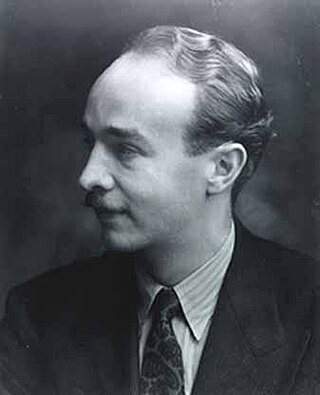
John Koch, was an American painter and teacher, and an important figure in 20th century Realism. He is best known for his light-filled paintings of urban interiors, often featuring classical allusions, many set in his own Manhattan apartment.
Stephen Morgan Etnier was an American realist painter, painting for six decades. His work is distinguished by a mixture of realism and luminism, favoring industrial and working scenes, but always imbued with atmospheric light. Geographically, his career spanned the length of the eastern Atlantic and beyond.
Edmund Lewandowski (1914–1998) was an American Precisionist artist who was often exhibited in the Downtown Gallery alongside other artists such as Charles Sheeler, Charles Demuth, Georgia O'Keeffe, Ralston Crawford, George Ault, and Niles Spencer.

John Nelson Shanks was an American artist and painter. His best known works include his portrait of Diana, Princess of Wales, first shown at Hirschl & Adler Gallery in New York City, April 24 to June 28, 1996 and the portrait of president Bill Clinton for the National Portrait Gallery.
Harold Jacob Bruder is an American realist painter. In 1984, he was honored with a National Endowment for the Arts Fellowship. He is a former professor of art, working with the Kansas City Art Institute, Pratt Institute, National Academy of Design, Aspen Art Museum, and Queens College of the City University of New York (CUNY). He served as the Chairman of the Art Department at CUNY, where he taught painting and drawing for 30 years, retiring in 1995, as Professor Emeritus.

Lodewijk Karel "Loki" Bruckman was a Dutch magic realist painter. He lived and worked in the Netherlands, the United States, and Mexico. Museum de Oude Wolden in the village of Bellingwolde has a permanent exhibition of his paintings.
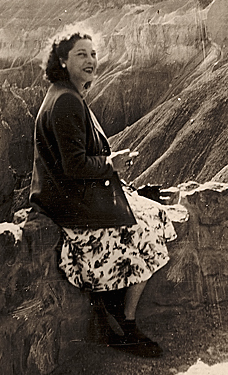
Z. Vanessa Helder was an American watercolor painter who gained national attention in the 1930s and 40s, mainly for her paintings of scenes in Eastern Washington. She painted with a bold, Precisionist style not commonly associated with watercolor, rendering landscapes, industrial scenes, and houses with a Magic Realist touch that gave them a forlorn, isolated quality, somewhat in the manner of Charles Sheeler and Edward Hopper. She spent most of her career in the Pacific Northwest, but was popular in New York art galleries, was a member of the National Association of Women Painters and Sculptors, and, in 1943, was included in a major exhibit at the Museum of Modern Art.